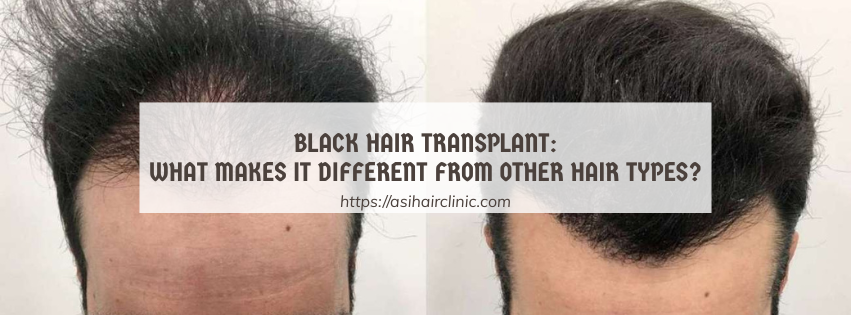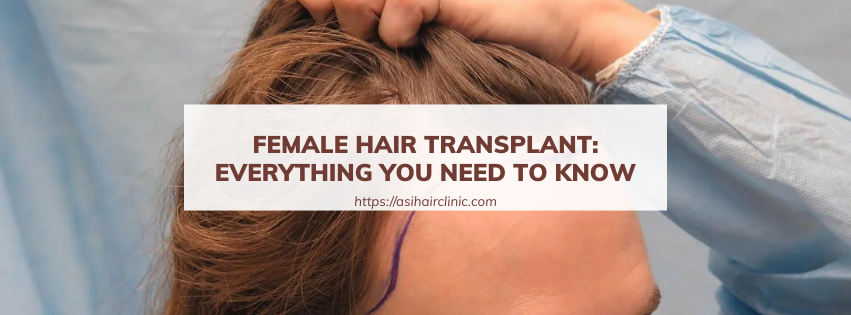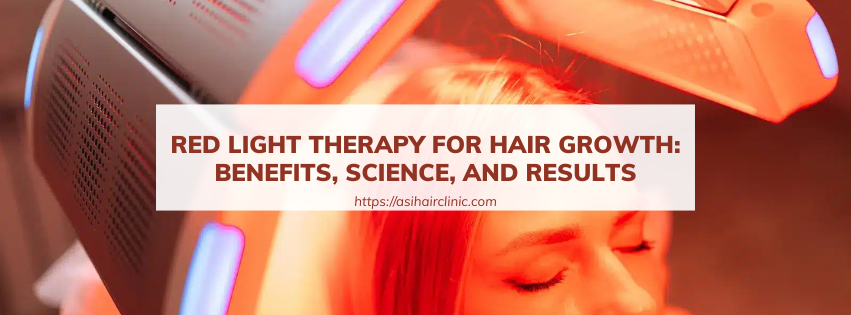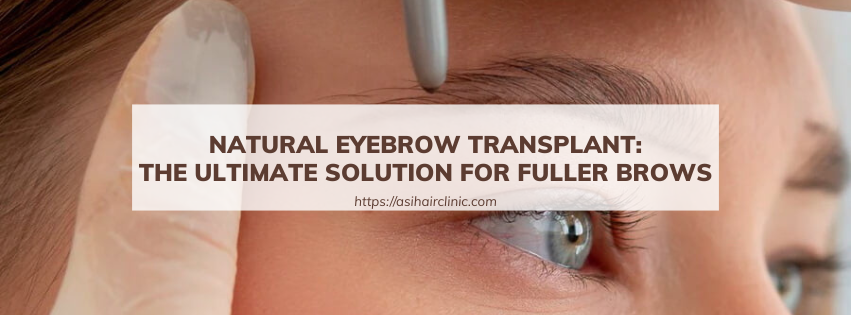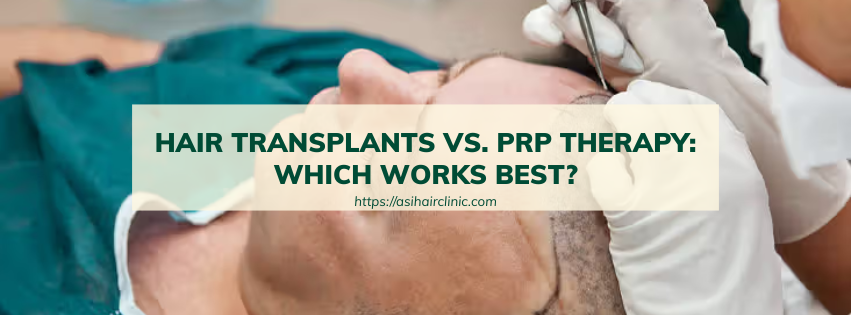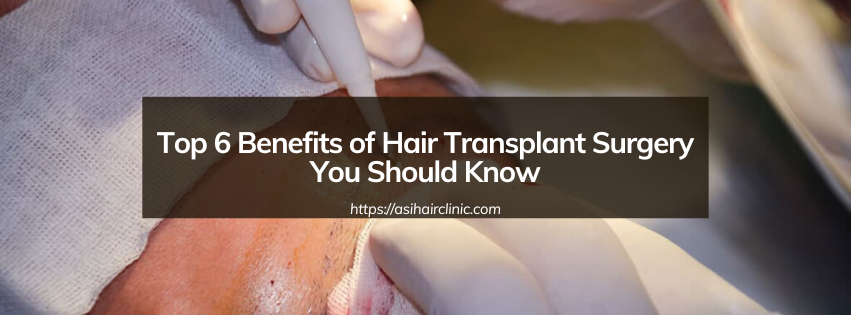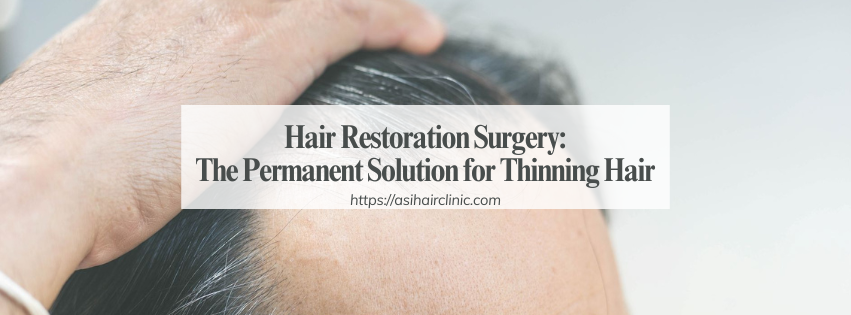Regain Your Confidence with a Hair Transplant
Hair loss is a common issue that affects millions of people globally, impacting self-esteem and confidence. A hair transplant can be a life-changing solution for those struggling with thinning or receding hairlines, allowing individuals to regain not just their hair but also their sense of self-worth. Embracing the transformative power of a hair transplant offers a pathway to renewed self-assurance and improved quality of life.
1. Understanding Hair Loss: Causes and Effects
Hair loss can manifest in various forms and is influenced by numerous factors. Understanding these causes and recognizing their effects on personal well-being is crucial in addressing the need for solutions like hair transplants.
1.1. The Biological Basis of Hair Loss
Hair loss often begins with an underlying genetic predisposition known as androgenetic alopecia, commonly referred to as male-pattern baldness or female-pattern baldness. This hereditary condition results in changes to hair follicles, leading to progressively thinner hair over time.
Hormonal fluctuations, particularly involving dihydrotestosterone (DHT), play a significant role. DHT is a derivative of testosterone and binds to hair follicle receptors, causing them to shrink and produce thinner hair strands until growth ceases altogether.
Other biological factors contributing to hair loss include autoimmune conditions, where the immune system mistakenly attacks hair follicles, inflammation, and metabolic disorders.
1.2. Psychological Impact of Hair Loss
The psychological ramifications of hair loss are profound. Individuals experiencing hair thinning may develop feelings of insecurity, anxiety, and depression. Society's emphasis on physical appearance exacerbates these feelings, leading many to feel out of place or unattractive.
Research indicates that hair loss can affect professional opportunities and social interactions. Those with visible hair loss may perceive discrimination or bias, even subconsciously, from peers and colleagues. As a result, they might choose to isolate themselves or withdraw from social activities, compounding their emotional distress.
Understanding the reasons behind hair loss helps individuals realize that they are not alone in their struggles and can motivate them to seek effective treatments, such as hair transplants.
1.3. How Hair Restoration Boosts Confidence
Restoring hair through modern techniques can significantly enhance an individual’s self-esteem. The transformation is not merely physical; it resonates deeply with one’s identity and self-perception.
Many who undergo hair transplants experience a reinvigorated sense of self. They report an increase in confidence levels, enabling them to engage more freely in social situations.
Moreover, a fuller head of hair can change how one is perceived by others, often leading to greater opportunities both personally and professionally. When someone feels good about their appearance, it reflects in their interactions and overall persona, creating a positive feedback loop of self-acceptance and confidence.
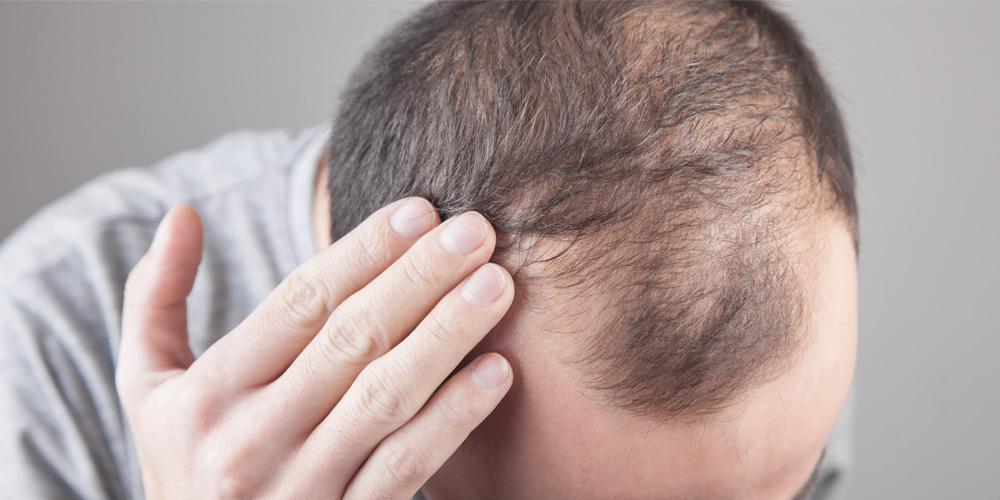
2. The Hair Transplant Journey: What to Expect
Embarking on a hair transplant journey involves several phases from initial consultation to post-operative care. Each step is essential in ensuring successful outcomes and satisfaction.
2.1. Initial Consultation and Evaluation
During the initial consultation, a qualified specialist assesses your unique situation. This evaluation typically includes a thorough examination of your scalp and hair loss pattern, along with a discussion of your medical history.
Open communication is vital at this stage. Patients should come prepared with questions about the procedure, recovery time, costs, and expected results. It's imperative to clarify any misconceptions and set realistic expectations regarding the outcome of the hair transplant.
2.2. Types of Hair Transplant Procedures
There are two primary methods for hair transplantation: Follicular Unit Transplantation (FUT) and Follicular Unit Extraction (FUE).
FUT involves removing a strip of skin containing hair follicles from the donor area, usually the back of the scalp. The strip is then dissected into individual follicular units to be implanted in the balding areas. This method may leave a linear scar but allows for a larger number of grafts in a single session.
On the other hand, FUE is a minimally invasive technique that extracts individual hair follicles directly from the scalp using a specialized tool. This method leaves minimal scarring and allows for quicker recovery times, making it appealing for many patients.
Both procedures have their advantages and considerations. Consulting with a specialized surgeon can help determine which option aligns best with your needs, lifestyle, and desired results.
2.3. The Surgical Procedure
The hair transplant surgery itself generally occurs in a clinical setting. Patients receive local anesthesia to ensure comfort throughout the procedure. Depending on the number of grafts being transplanted, the surgery may take several hours.
Post-surgery, patients are provided with care instructions. These guidelines typically include avoiding strenuous activities, keeping the scalp clean, and safeguarding the newly transplanted follicles from sun exposure.
Understanding the surgical process can alleviate anxiety and prepare patients mentally for the experience, reinforcing the decision to restore their hair through transplantation.
2.4. Post-Operative Care and Expectations
Recovery after a hair transplant requires patience. While initial swelling may occur, most patients can return to their daily routines within a few days. However, full healing may take several months, during which it's normal for transplanted hair to shed before new growth begins.
Understanding the timeline for hair restoration is crucial. Generally, noticeable results start appearing around six months post-surgery, with full results becoming evident within a year.
Following post-operative care instructions diligently contributes to successful healing and optimal hair growth outcomes. Regular follow-ups with the surgeon provide reassurance and monitoring of progress.
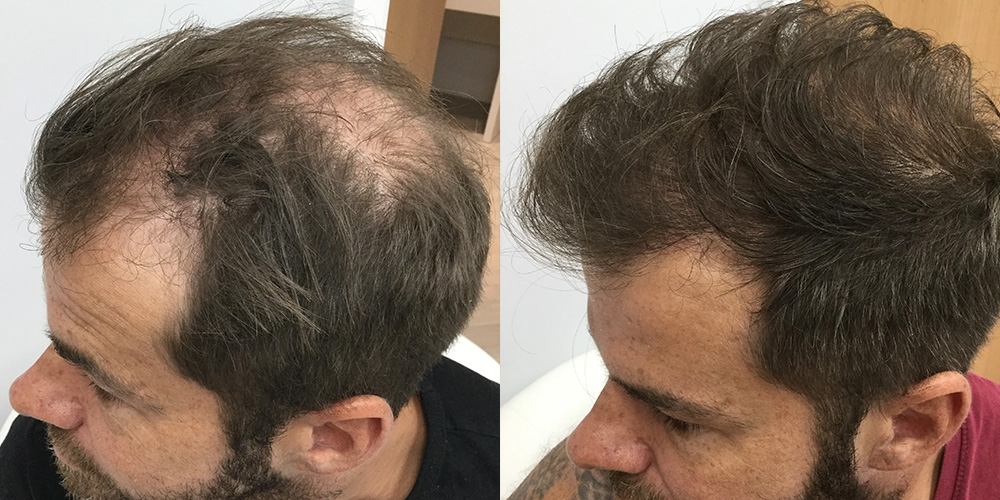
3. The Financial Aspect of Hair Transplants
Investing in a hair transplant is a significant financial commitment, and understanding the costs involved helps individuals make informed decisions.
3.1. The Cost Breakdown
The cost of hair transplant procedures can vary based on factors such as the clinic's location, the expertise of the surgeon, the method chosen (FUT or FUE), and the number of grafts required. Consulting with multiple clinics to compare prices and services is beneficial.
While it may be tempting to seek the lowest price, prioritizing quality and experience can yield better long-term results. Investing in a reputable clinic often leads to superior outcomes, ensuring both satisfaction and peace of mind.
3.2. Financing Options Available
Many clinics offer financing options to make hair transplants more accessible. These plans can range from monthly payment programs to partnering with third-party lenders specializing in medical loans.
Exploring available financing options allows potential patients to budget effectively and alleviate financial stress associated with the procedure.
Moreover, considering the long-term benefits of hair restoration adds value to the investment. Patients often find that increased confidence and improved quality of life outweigh the initial costs involved.
4. Beyond Hair: Emotional and Social Benefits of Hair Restoration
While the physical transformation associated with hair transplants is often the focal point, the broader emotional and social benefits are equally important.
4.1. Enhancing Social Interactions
A full head of hair can transform how individuals engage socially. Many patients report feeling liberated from the insecurities associated with hair loss, leading to more confident interactions in both personal and professional settings.
As self-esteem improves, patients often find themselves more willing to participate in social gatherings, network, and build relationships. This newfound confidence can lead to deeper connections and fulfilling experiences.
4.2. Emotional Well-being and Positive Mindset
The emotional uplift following a hair transplant cannot be understated. It empowers individuals to embrace their identity and feel comfortable in their own skin.
Experiencing a significant change in appearance can contribute to an overall improved mindset. Many report feeling motivated to adopt healthier lifestyles, invest more in their appearance, and pursue personal goals.
This shift in emotional well-being fosters resilience against external pressures and enhances the ability to navigate life’s challenges more effectively.
4.3. Building a Supportive Community
Undergoing a hair transplant can create opportunities to connect with others who share similar experiences. Many patients find community support through online forums, social media groups, and local meet-ups.
Building relationships with like-minded individuals creates a sense of belonging and reinforces the idea that hair loss is a shared struggle. Such connections provide encouragement and camaraderie throughout the hair restoration journey.
By engaging with a supportive community, individuals can exchange insights, celebrate progress, and foster motivation, further enhancing the overall experience.
Conclusion
Regaining confidence through a hair transplant is a transformative journey that transcends mere aesthetics. From understanding the causes of hair loss to navigating the hair transplant process and embracing the emotional benefits, each aspect plays a pivotal role in empowering individuals to reclaim their self-assurance.
With advancements in technology and techniques, hair transplants have become more accessible, offering hope to countless individuals seeking to enhance their appearance and confidence. By investing in oneself, patients can unlock the door to a new chapter of life filled with positivity, social engagement, and emotional well-being.
If you are grappling with hair loss, consider the potential of a hair transplant to change your life for the better. Embrace the possibilities, and take that first step toward regaining not only your hair but also your confidence.
LATEST POSTS

